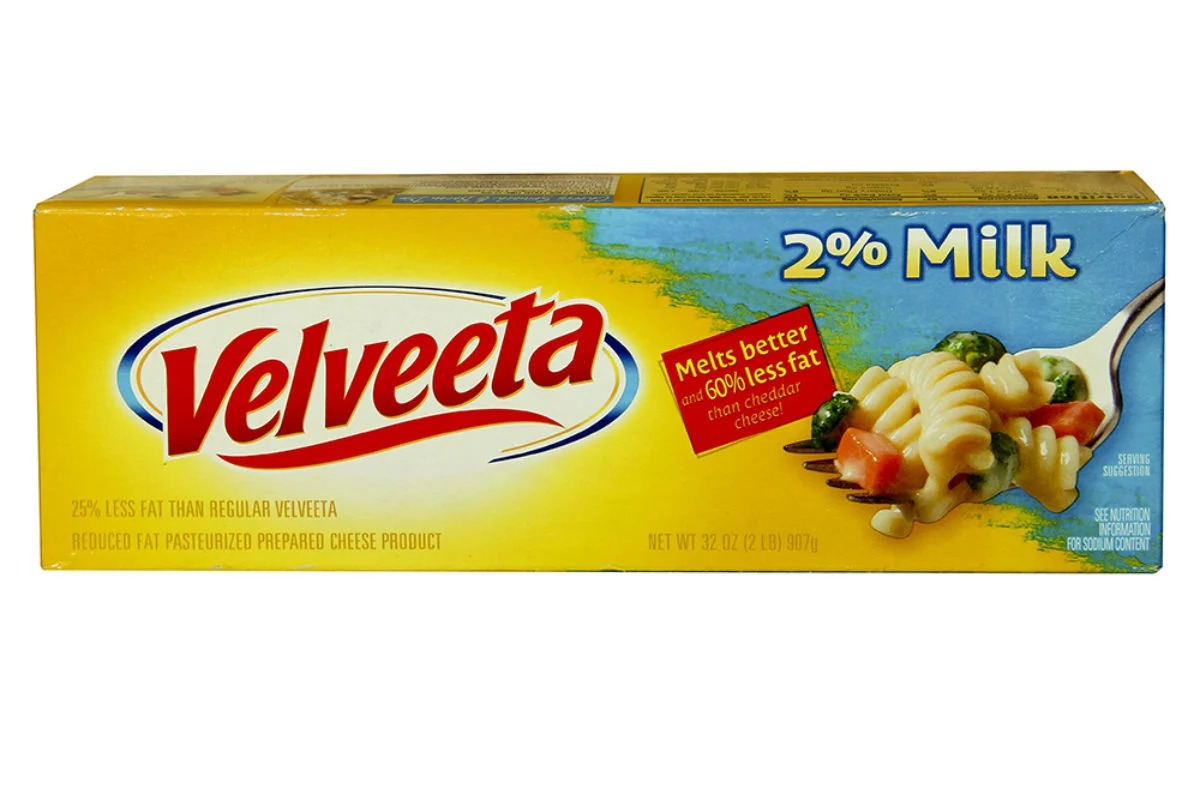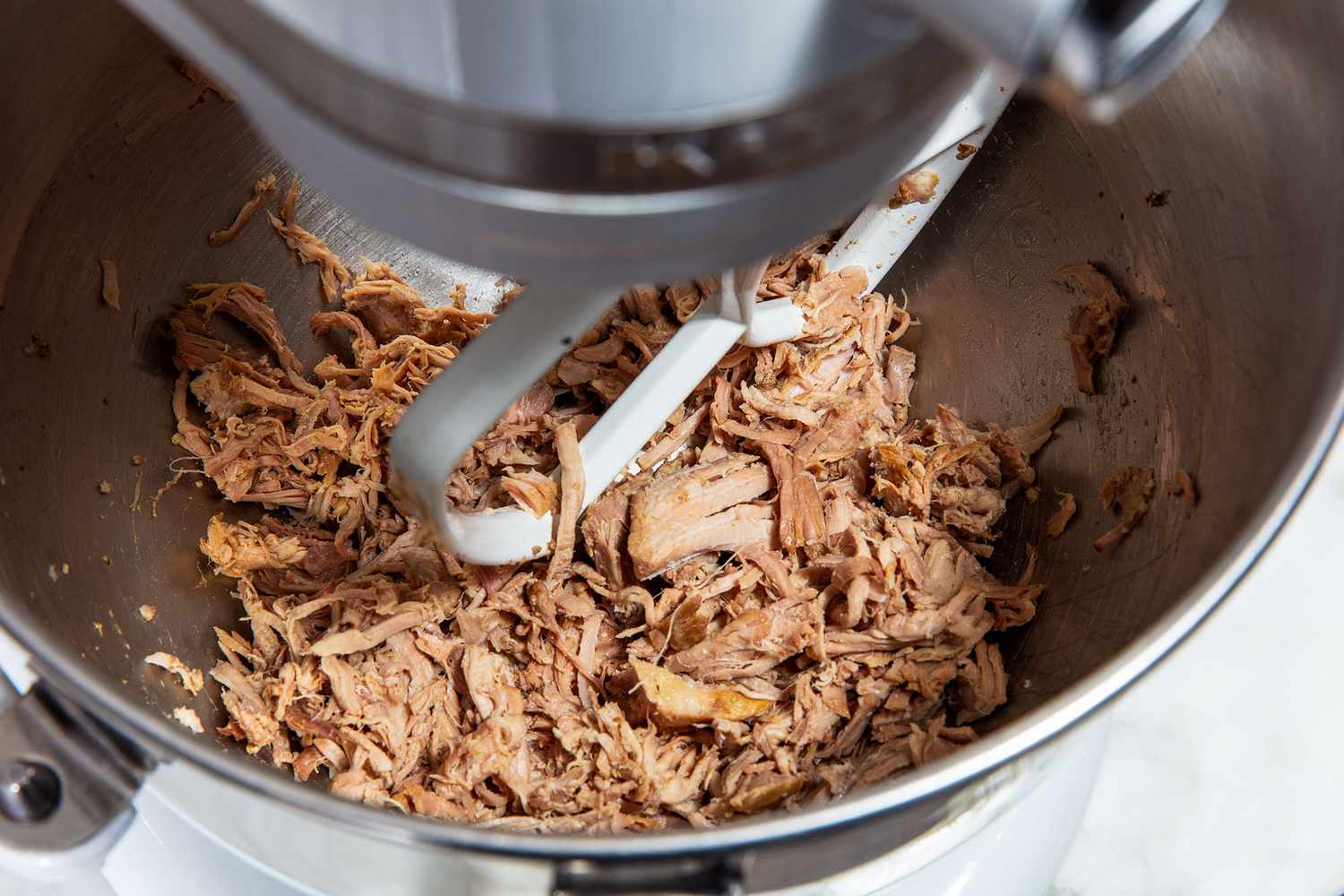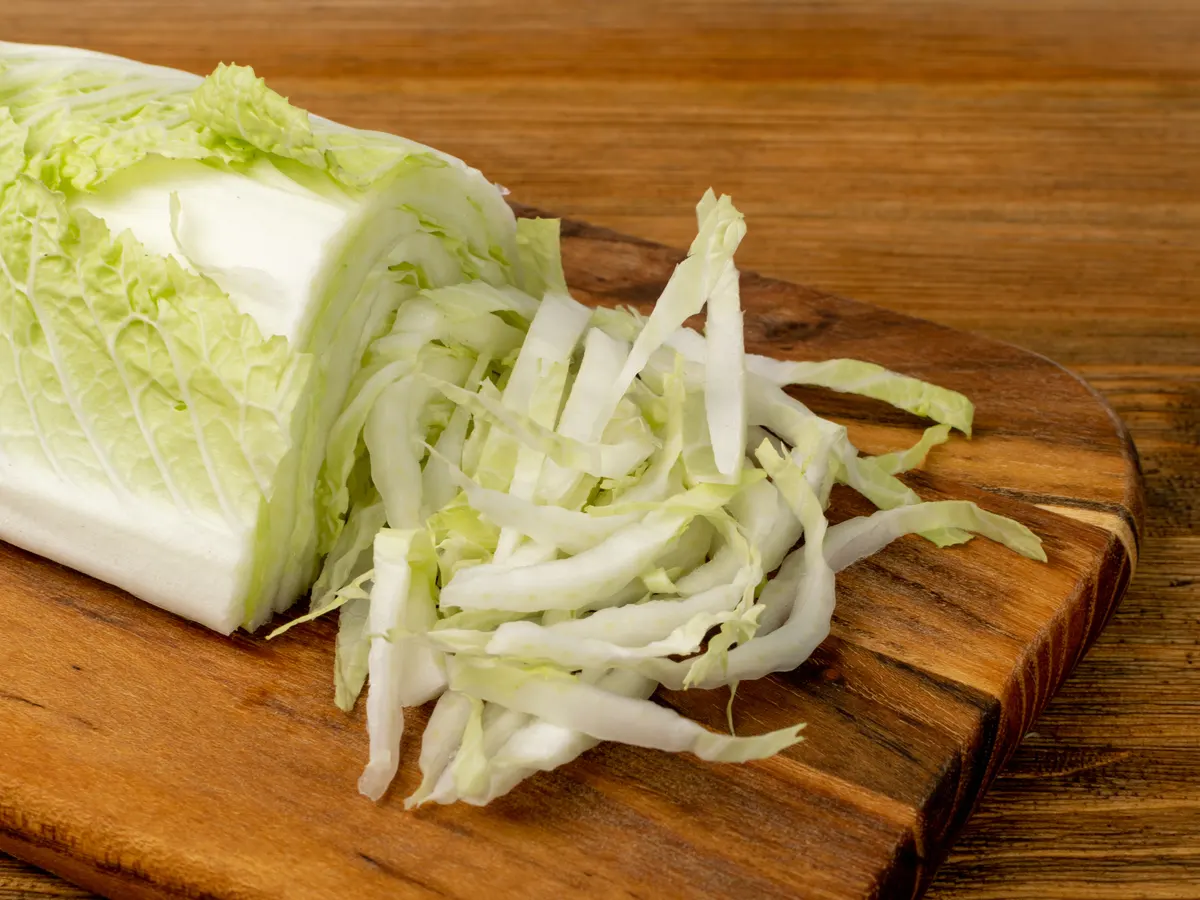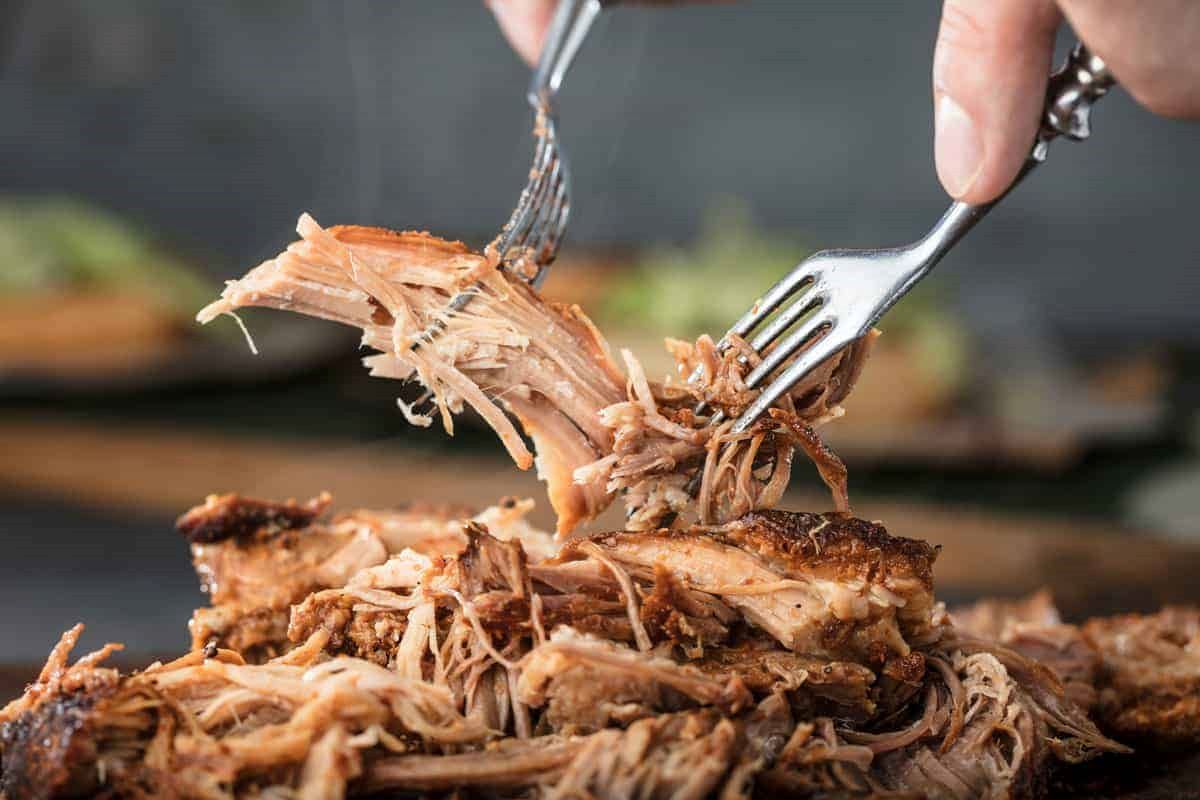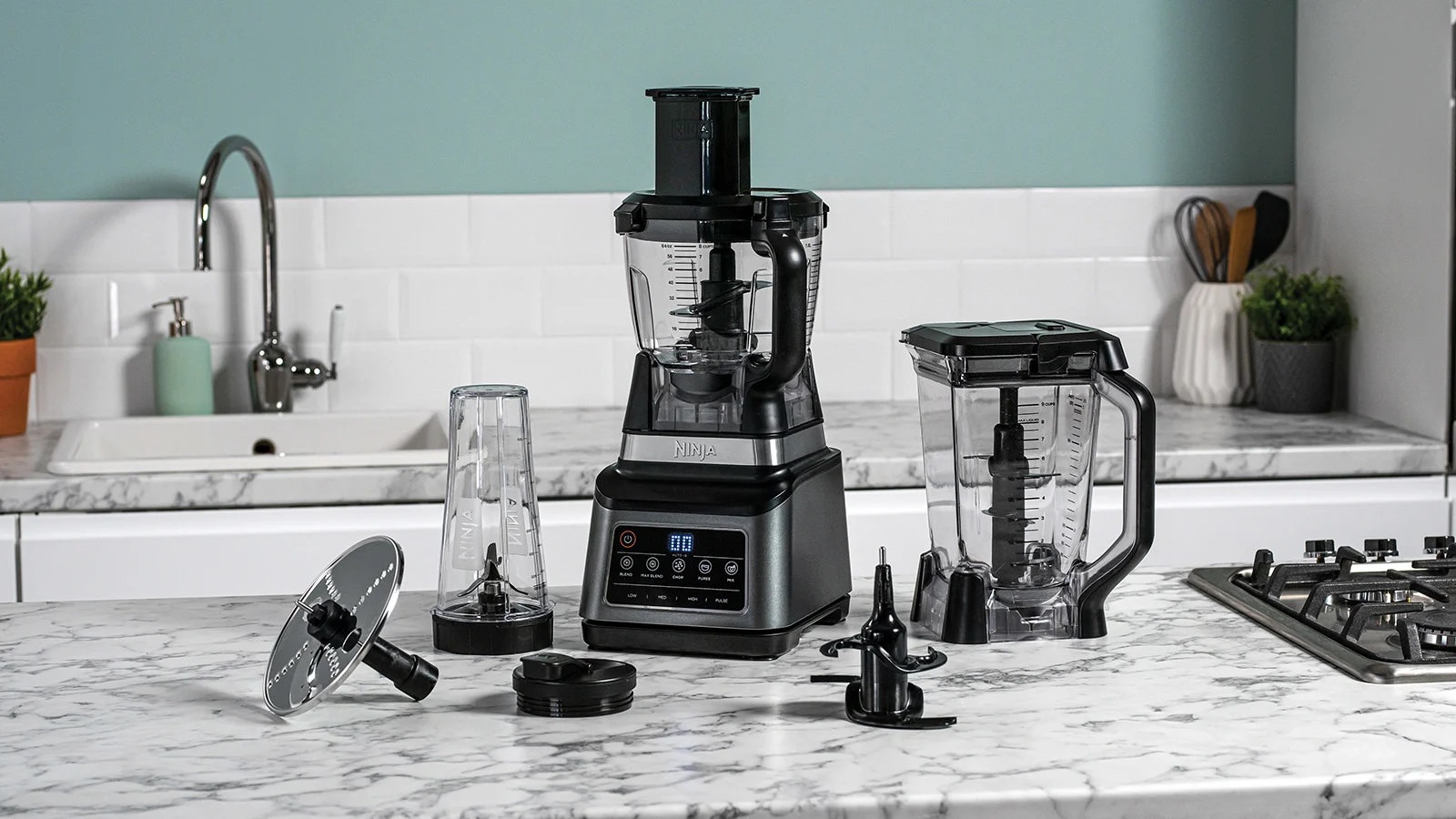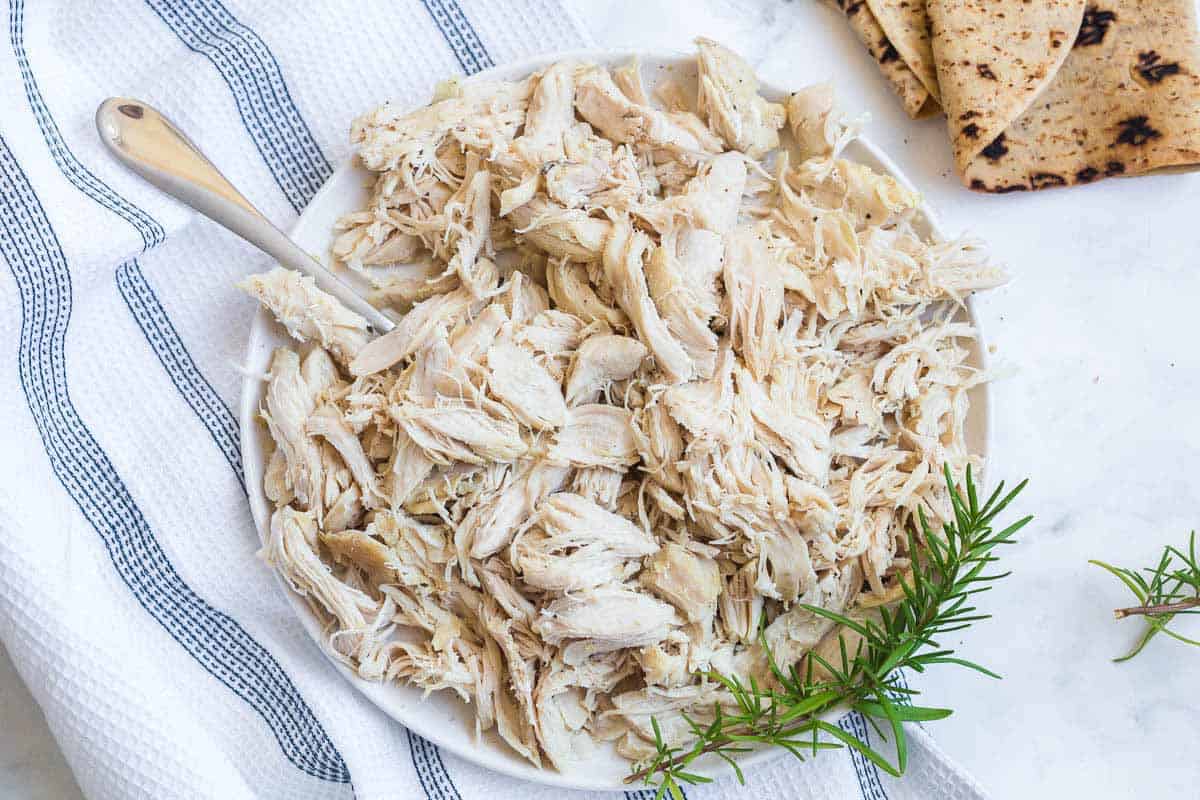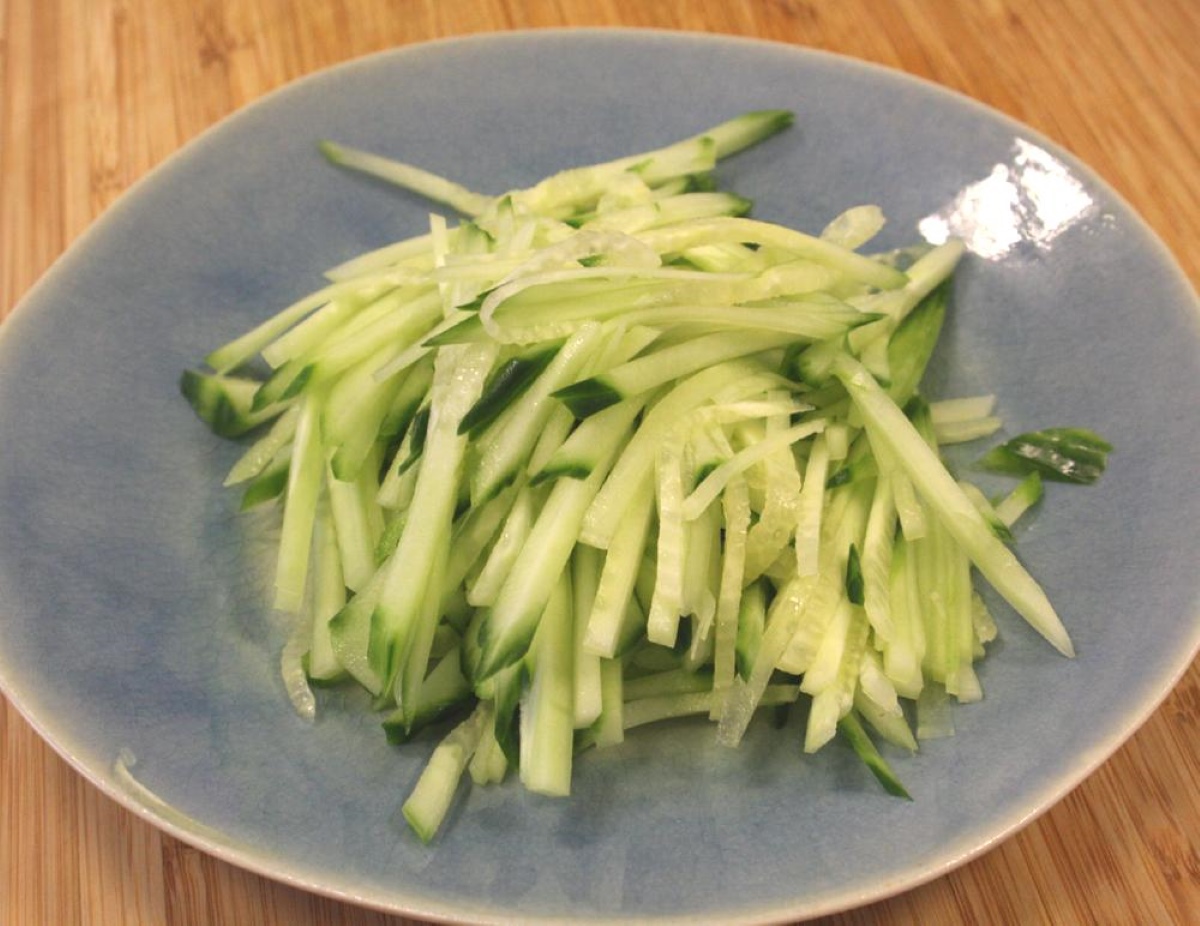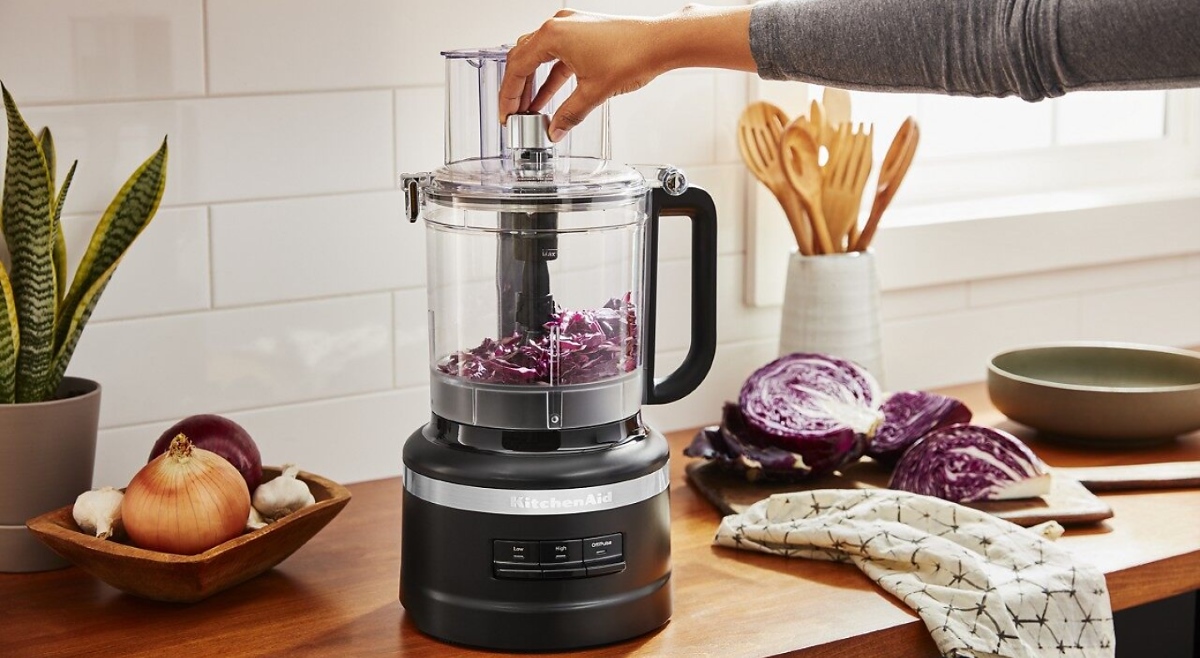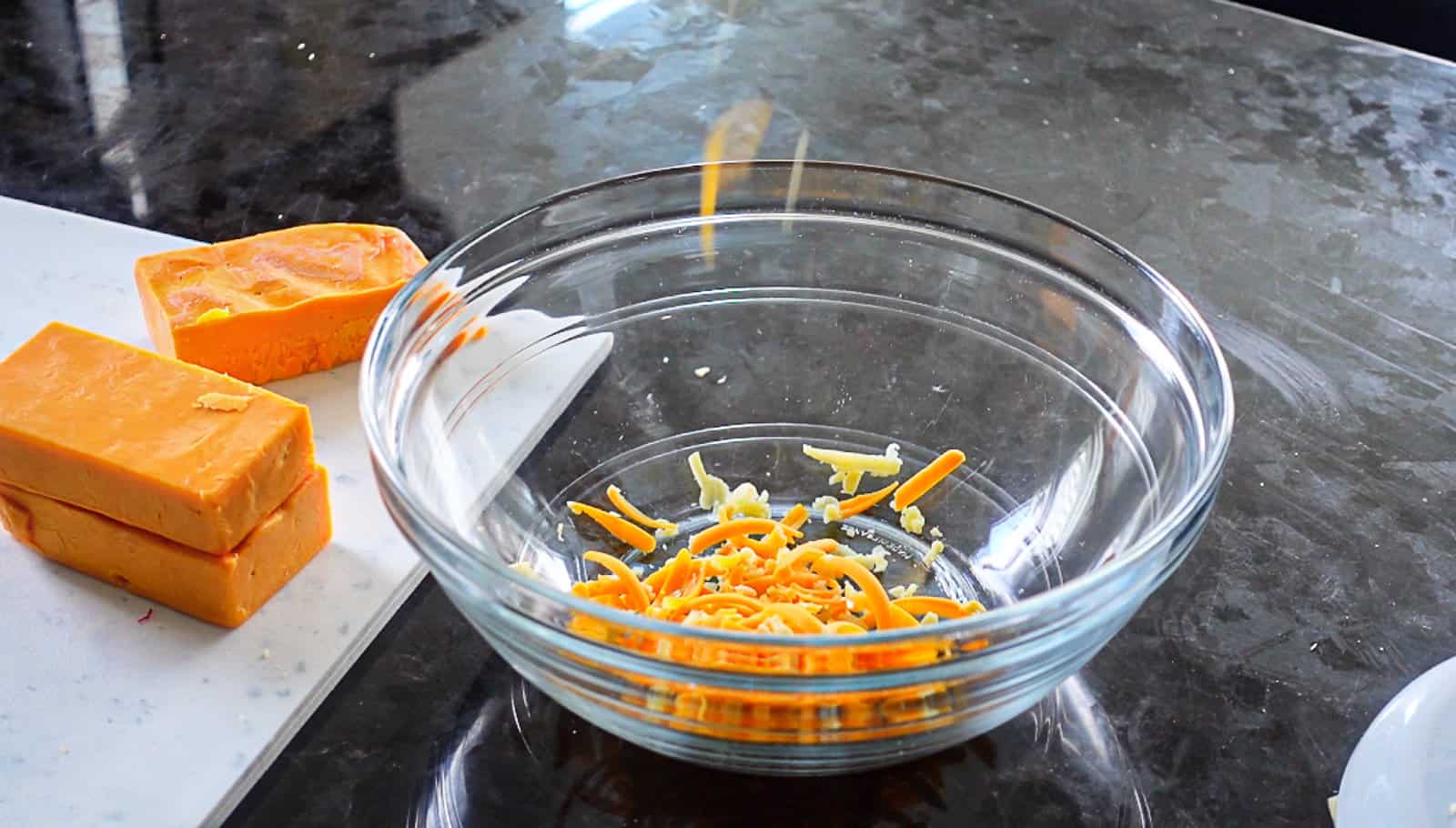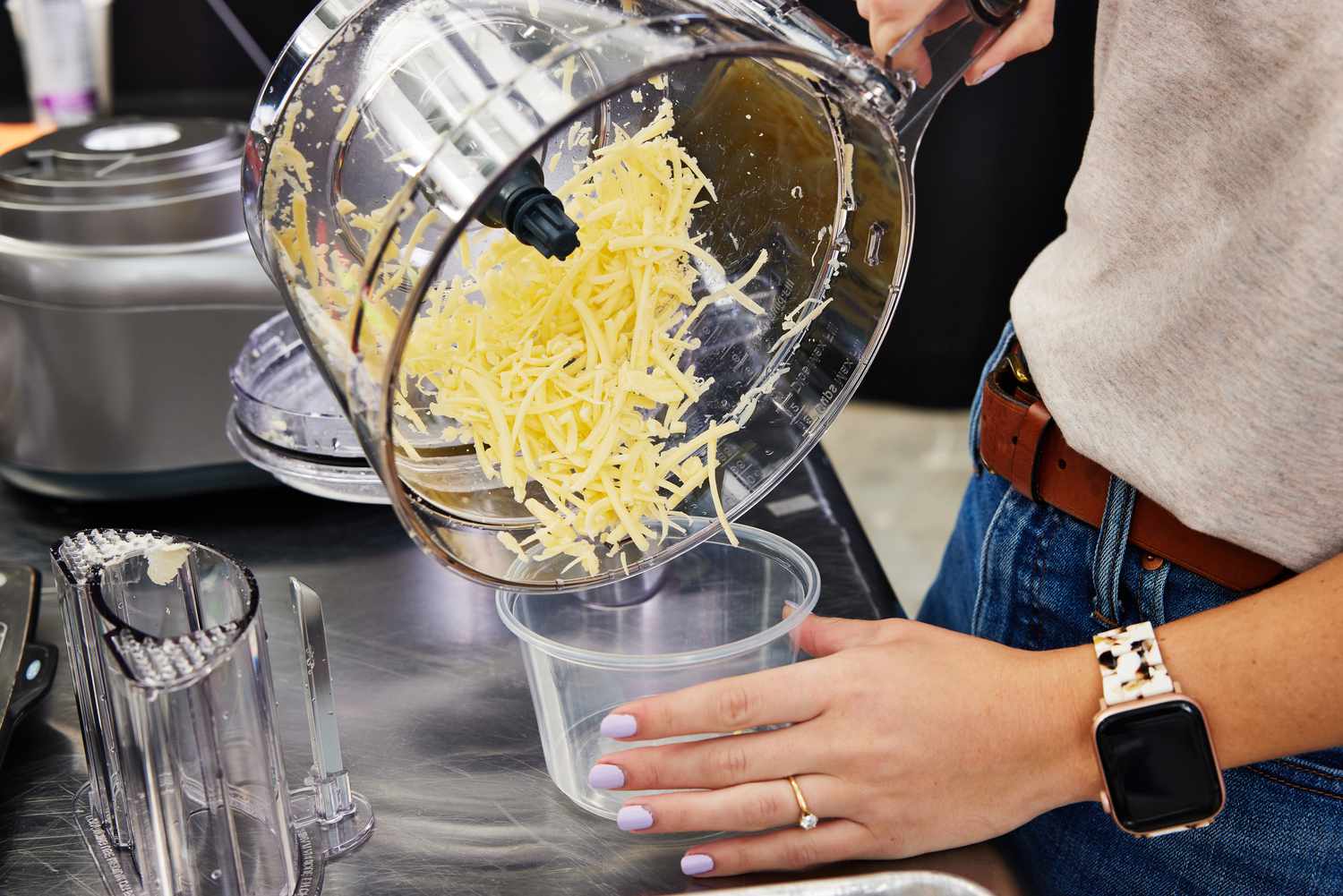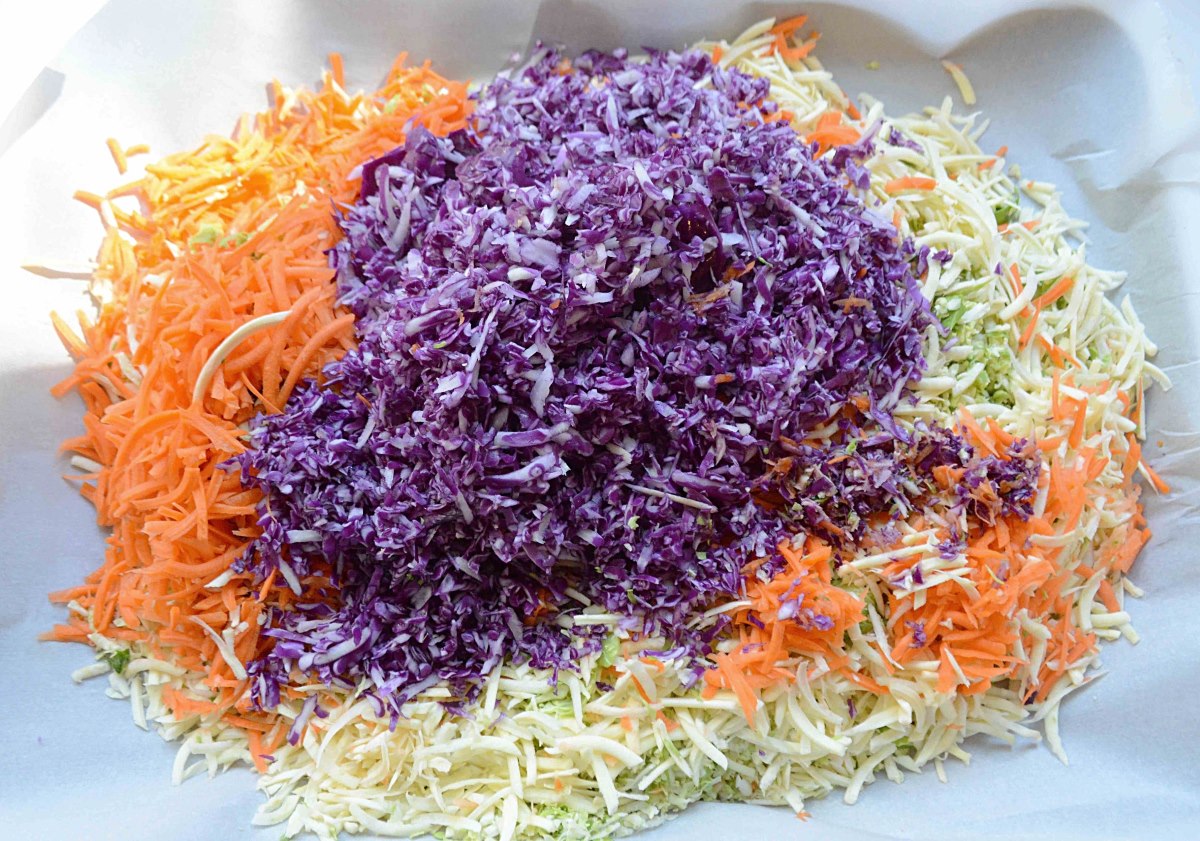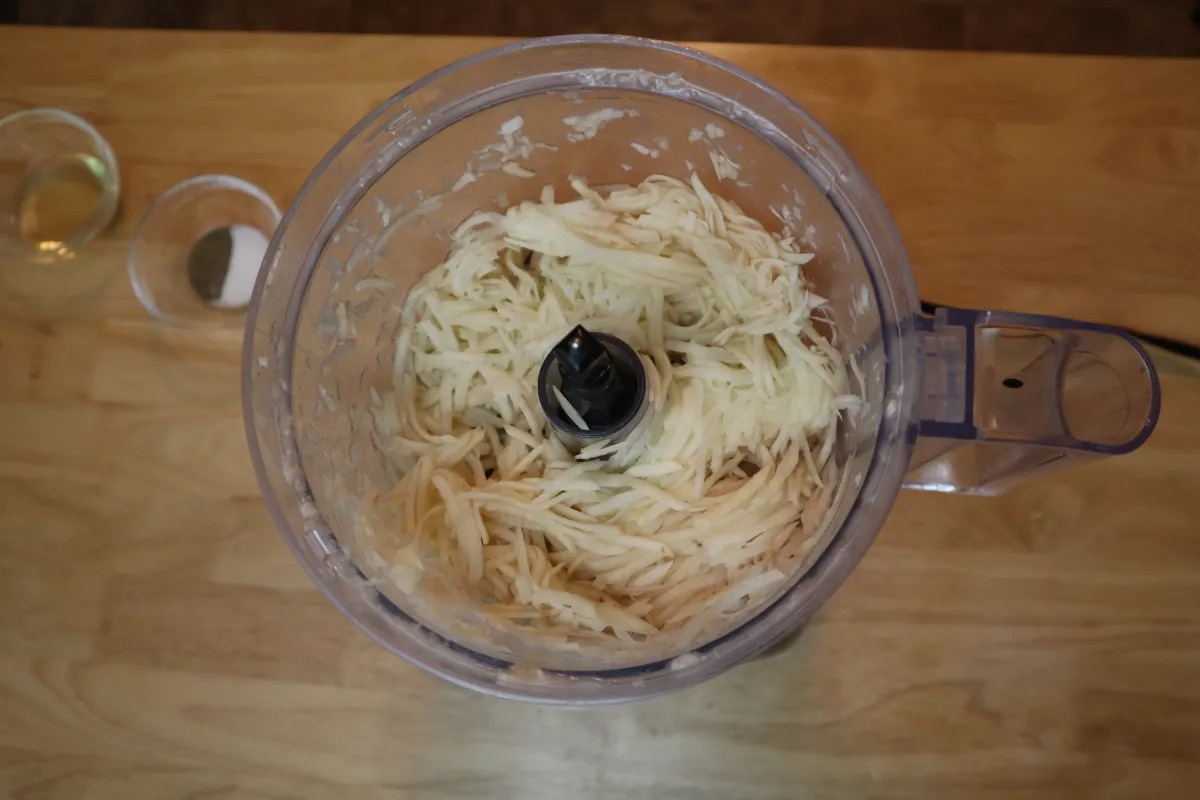Shredding a Pork Shoulder Like a Pro
Shredded pork shoulder is a versatile and delicious ingredient that can be used in a variety of dishes, from tacos and sandwiches to soups and salads. However, shredding a pork shoulder can be a daunting task if you’re not sure how to do it properly. But fear not, with the right technique and a little bit of know-how, you can easily shred a pork shoulder like a pro.
Here’s a step-by-step guide to shredding a pork shoulder:
- Cook the Pork Shoulder: Before you can shred a pork shoulder, you need to cook it. There are several ways to cook a pork shoulder, including roasting, slow cooking, and pressure cooking. Whichever method you choose, make sure the pork shoulder is cooked until it’s tender and easily falls apart with a fork.
- Let it Rest: Once the pork shoulder is cooked, remove it from the heat and let it rest for 15-20 minutes. This allows the juices to redistribute, making the meat more flavorful and easier to shred.
- Remove the Bone: If your pork shoulder has a bone, remove it carefully. The bone should easily slide out of the meat once it’s cooked.
- Shred the Meat: Using two forks, start pulling the pork shoulder apart. Use a gentle back-and-forth motion to shred the meat into small, bite-sized pieces. Alternatively, you can use your hands to shred the meat, but be cautious as it may still be hot.
- Season the Shredded Pork: Once the pork shoulder is shredded, season it with your favorite spices and seasonings. This will add depth of flavor to the meat and make it even more delicious.
- Use as Desired: Your shredded pork shoulder is now ready to be used in your favorite recipes. Whether you’re making pulled pork sandwiches, tacos, or adding it to a salad, the possibilities are endless!
Shredding a pork shoulder may seem intimidating at first, but with these simple steps, you can easily master the art of shredding pork like a pro. So, the next time you’re craving a delicious pulled pork dish, don’t hesitate to grab a pork shoulder and get shredding!
Happy cooking!
Share your techniques and experiences with shredding pork shoulder in the Cooking Techniques forum and let’s discuss the “How To Shred A Pork Shoulder” article together.
FAQ:
What is the best way to cook a pork shoulder before shredding?
The best way to cook a pork shoulder before shredding is to slow cook it in the oven or a slow cooker. Season the pork shoulder with your choice of spices and herbs, then cook it at a low temperature for several hours until it is tender and easily shreds with a fork.
Can I use a pressure cooker to cook a pork shoulder for shredding?
Yes, a pressure cooker can be used to cook a pork shoulder for shredding. It can significantly reduce the cooking time while still producing tender and flavorful meat that shreds easily.
How long should I let the pork shoulder rest before shredding?
After the pork shoulder is cooked, it’s best to let it rest for about 15-20 minutes before shredding. This allows the juices to redistribute within the meat, making it more flavorful and moist.
What tools do I need to shred a pork shoulder?
To shred a pork shoulder, you’ll need a pair of forks or meat claws. These tools will help you pull the cooked pork apart into tender, shredded pieces.
What is the best method for shredding a pork shoulder?
The best method for shredding a pork shoulder is to use two forks. Hold the pork shoulder in place with one fork and use the other fork to pull the meat apart, shredding it into bite-sized pieces.
Can I use a stand mixer to shred a pork shoulder?
Yes, a stand mixer with a paddle attachment can be used to shred a pork shoulder. Simply place the cooked pork shoulder in the mixing bowl and use the paddle attachment on low speed to shred the meat.
How should I store shredded pork shoulder?
Shredded pork shoulder can be stored in an airtight container in the refrigerator for up to 3-4 days. It can also be frozen for longer storage. To reheat, simply warm it in the microwave or on the stovetop with a bit of liquid to keep it moist.
Was this page helpful?
Read Next: How To Shred Carnitas
